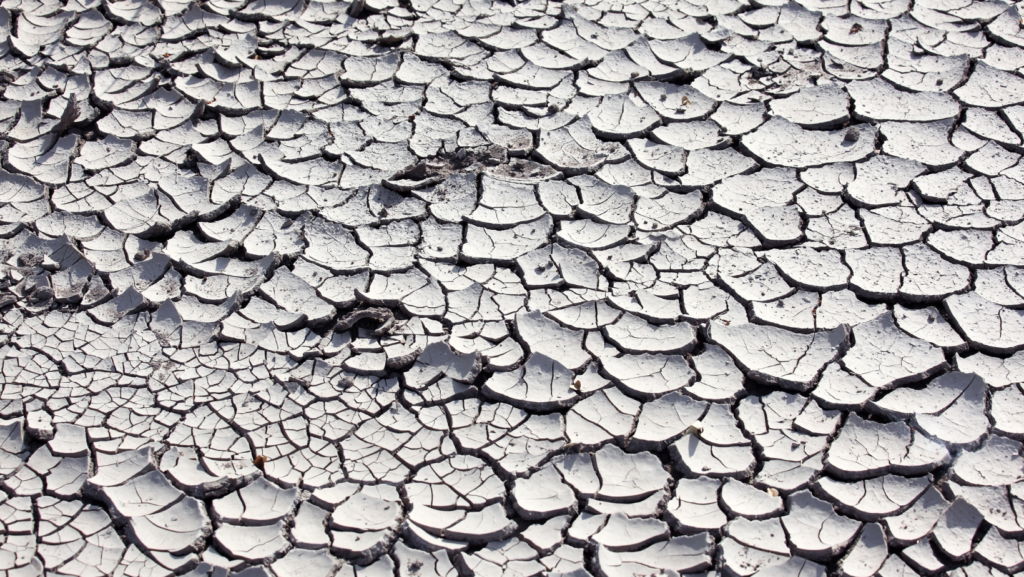Soil, the foundation of our agricultural systems, is a complex and dynamic ecosystem that plays a vital role in determining plant growth and overall agricultural productivity. One essential aspect of soil composition is its texture. Soil texture refers to the relative proportions of sand, silt, and clay particles present in a given soil sample. Understanding soil texture is crucial for farmers, gardeners, and land managers, as it directly influences water retention, nutrient availability, aeration, and the overall health of plants. In this article, we will delve into the significance of soil texture and its impact on agricultural practices.
The Basics of Soil Texture: Soil texture is determined by the size of its constituent particles. Sand particles are the largest, followed by silt particles, and clay particles are the smallest. The ideal soil texture is referred to as “loam,” which consists of a balanced mixture of sand, silt, and clay. Loam soil is known for its ability to retain moisture while allowing for adequate drainage and aeration. However, soil texture can vary significantly, ranging from sandy soils with larger particles to clay soils with finer particles.
Effects of Soil Texture on Water Retention: Soil texture greatly influences the water-holding capacity of the soil. Sandy soils, with their larger particles, have large pore spaces, allowing water to drain quickly. While this can prevent waterlogging, it also means that sandy soils have a lower water-holding capacity and often require more frequent irrigation. In contrast, clay soils have smaller particles and tighter pore spaces, leading to slower drainage. Clay soils can retain water for longer periods but are more prone to waterlogging, which can negatively impact plant roots.

Nutrient Availability and Soil Texture: The texture of the soil also affects the availability of nutrients to plants. Sandy soils, due to their larger particles and larger pore spaces, have a lower capacity to retain nutrients. Nutrients can leach out quickly through the soil, requiring additional fertilization to meet plant requirements. On the other hand, clay soils have higher cation exchange capacity (CEC) due to their smaller particles, allowing them to retain and supply nutrients more effectively. However, clay soils may become compacted, hindering root growth and nutrient uptake.
Aeration and Soil Texture: Soil texture plays a crucial role in soil aeration. Well-aerated soil provides oxygen to plant roots, promoting their growth and overall plant health. Sandy soils, with their larger particles and larger pore spaces, allow for better airflow, facilitating root respiration. Conversely, clay soils, with their smaller particles and tighter pore spaces, can be prone to compaction and reduced aeration. Proper soil management techniques, such as organic matter additions and soil loosening, are crucial to maintain good soil structure and aeration.
Soil texture is a fundamental characteristic that significantly influences agricultural productivity. Understanding the texture of the soil is vital for farmers and gardeners, as it impacts water retention, nutrient availability, and aeration, all of which affect plant growth and health. By recognizing the texture of the soil, farmers can make informed decisions about irrigation, fertilization, and soil management practices, ultimately leading to more sustainable and successful agricultural outcomes.
Written By
Jesica Mithila
